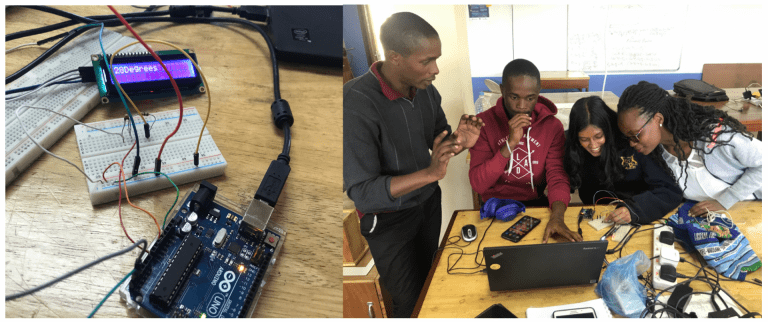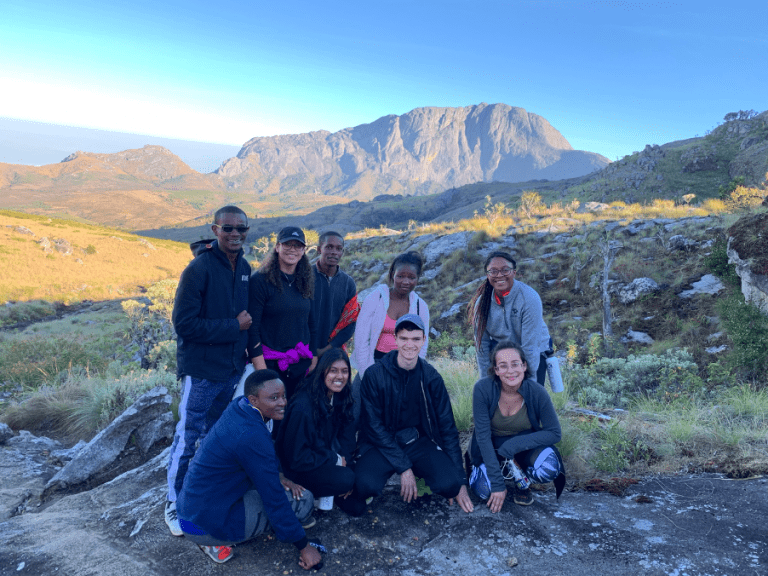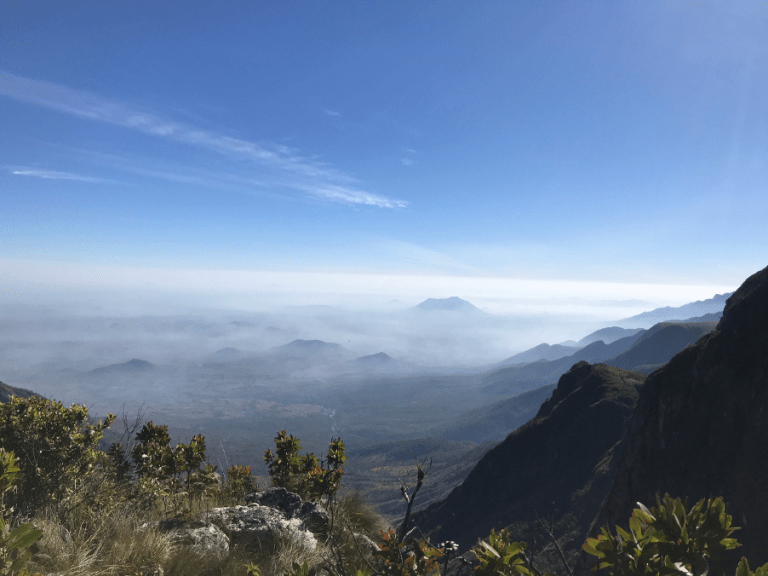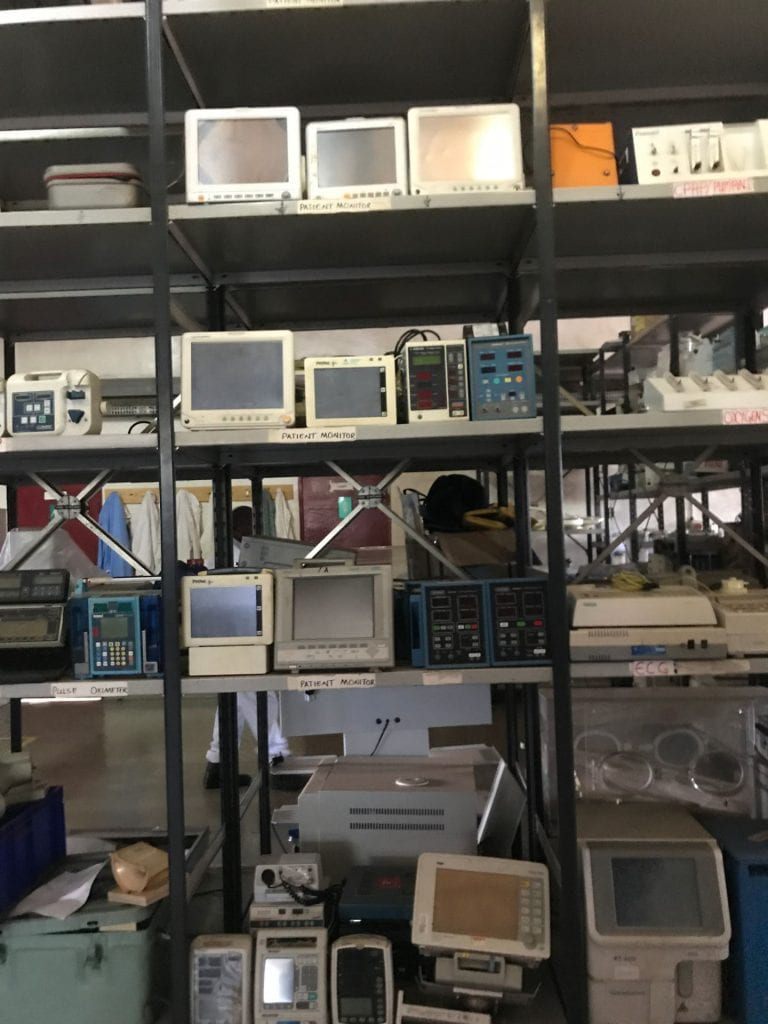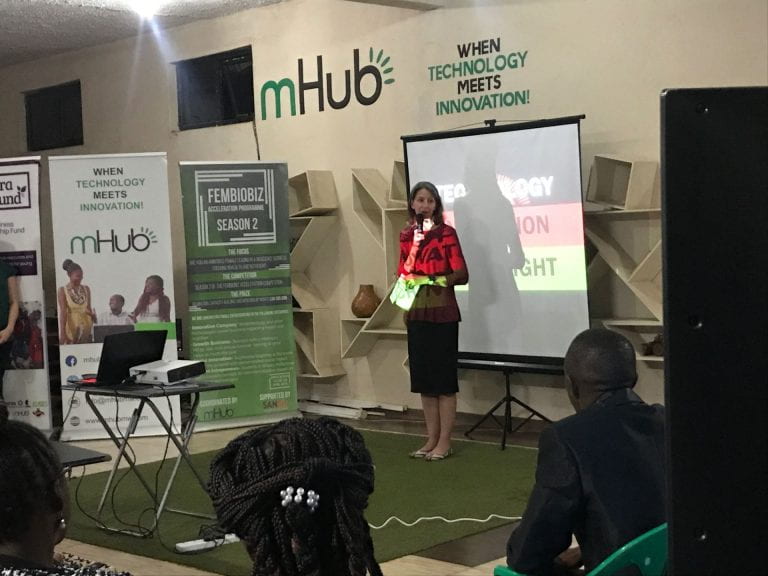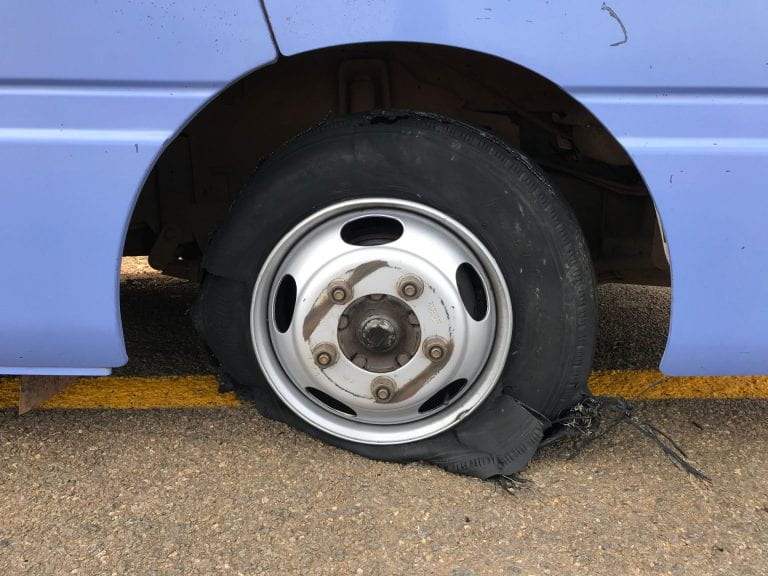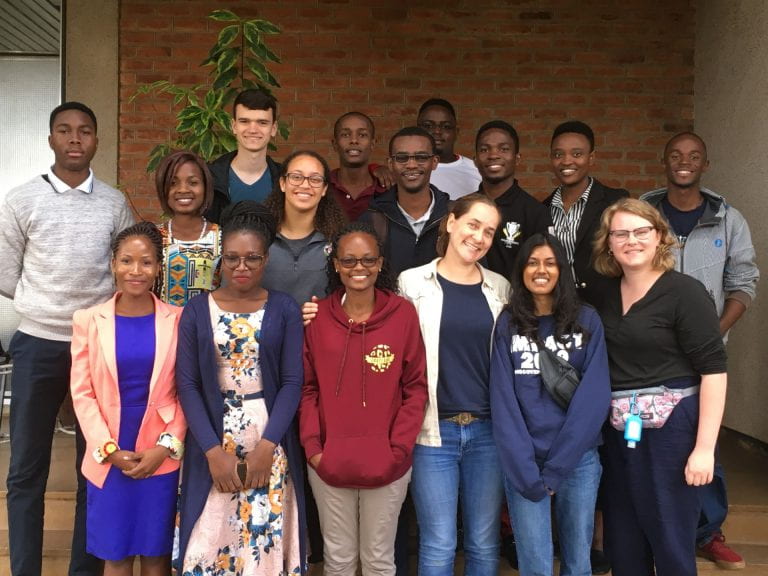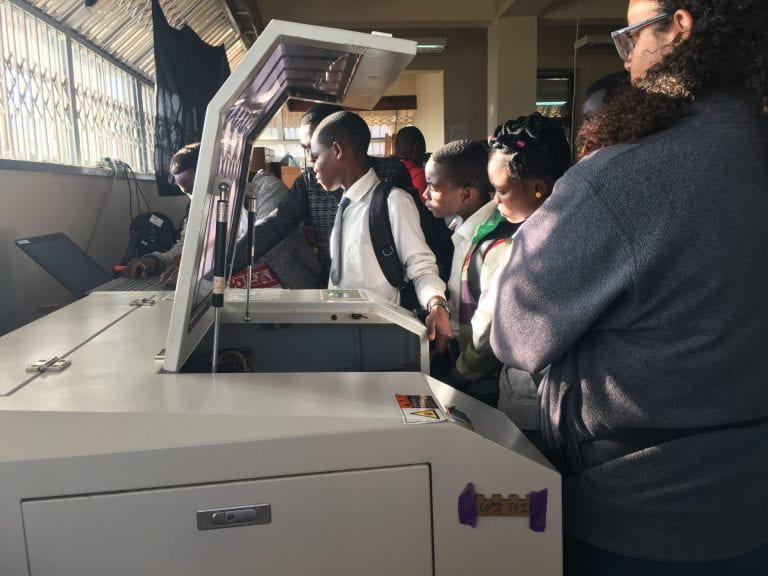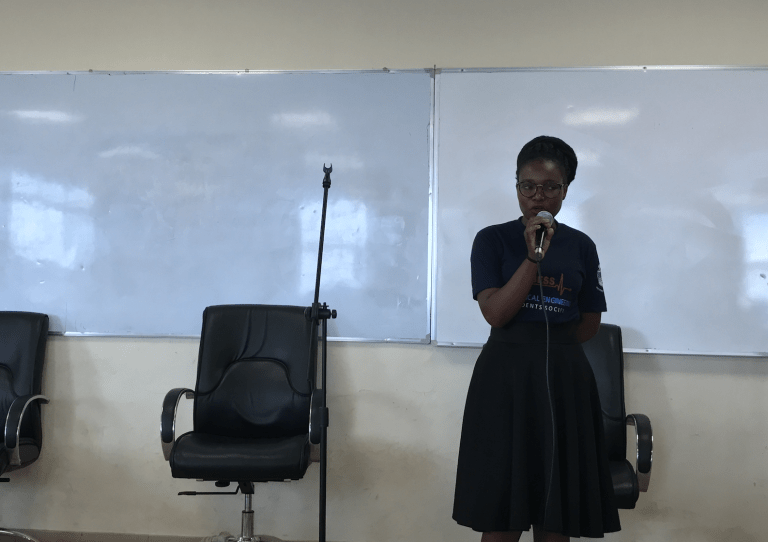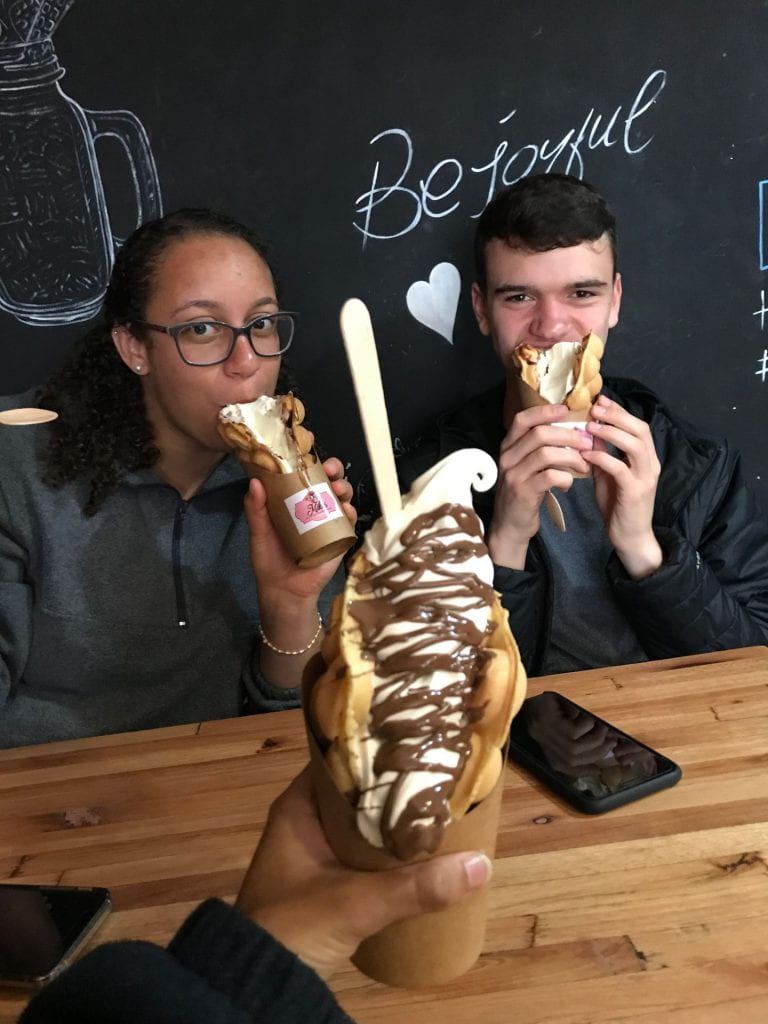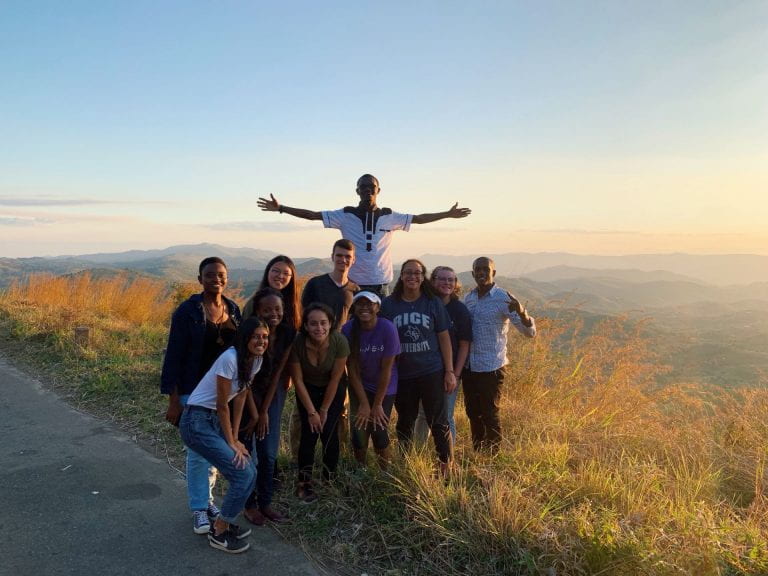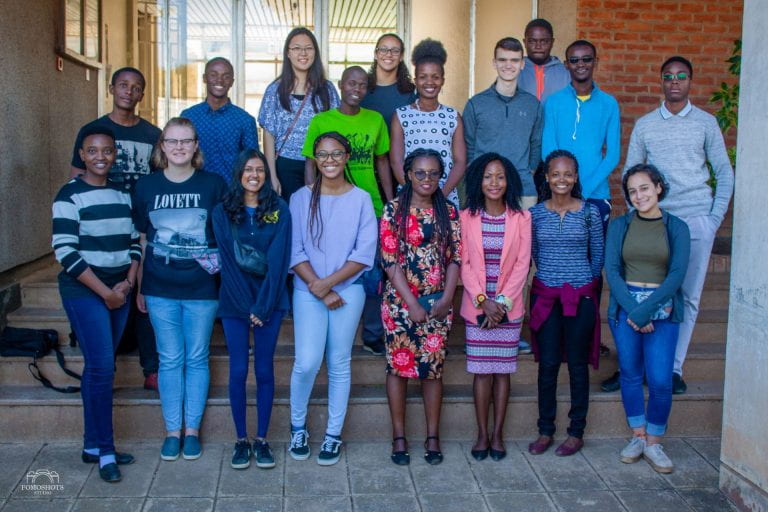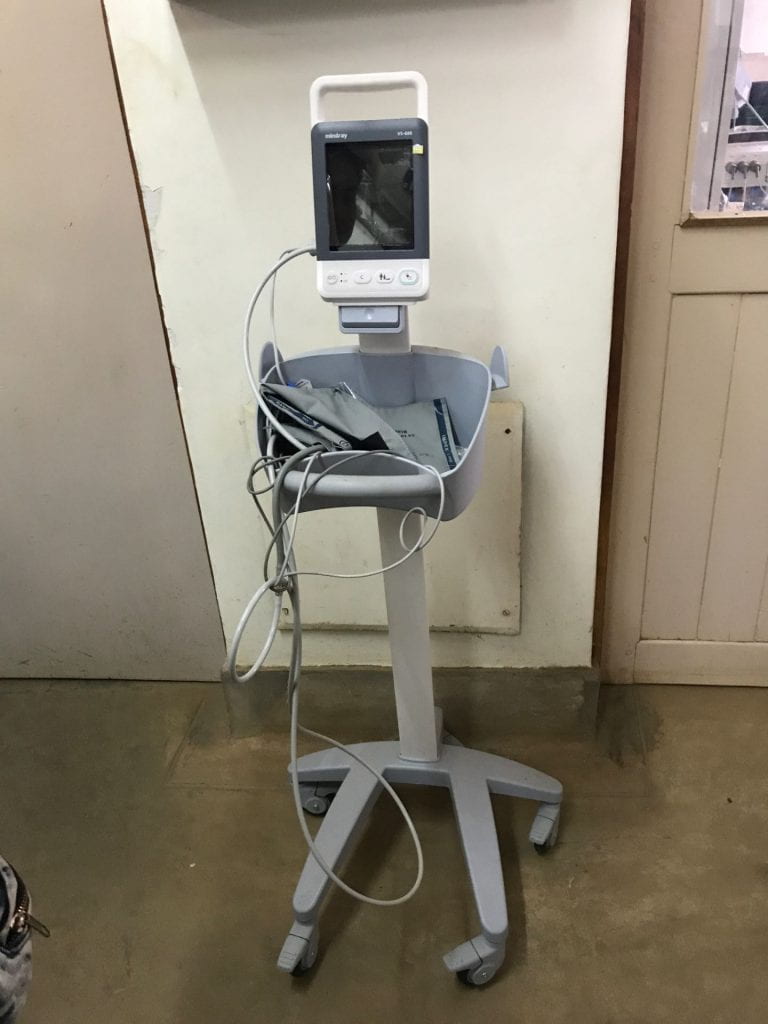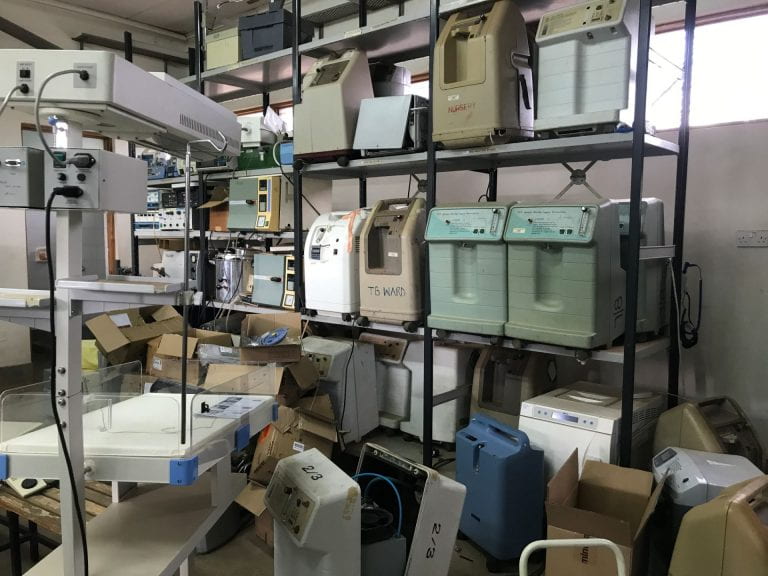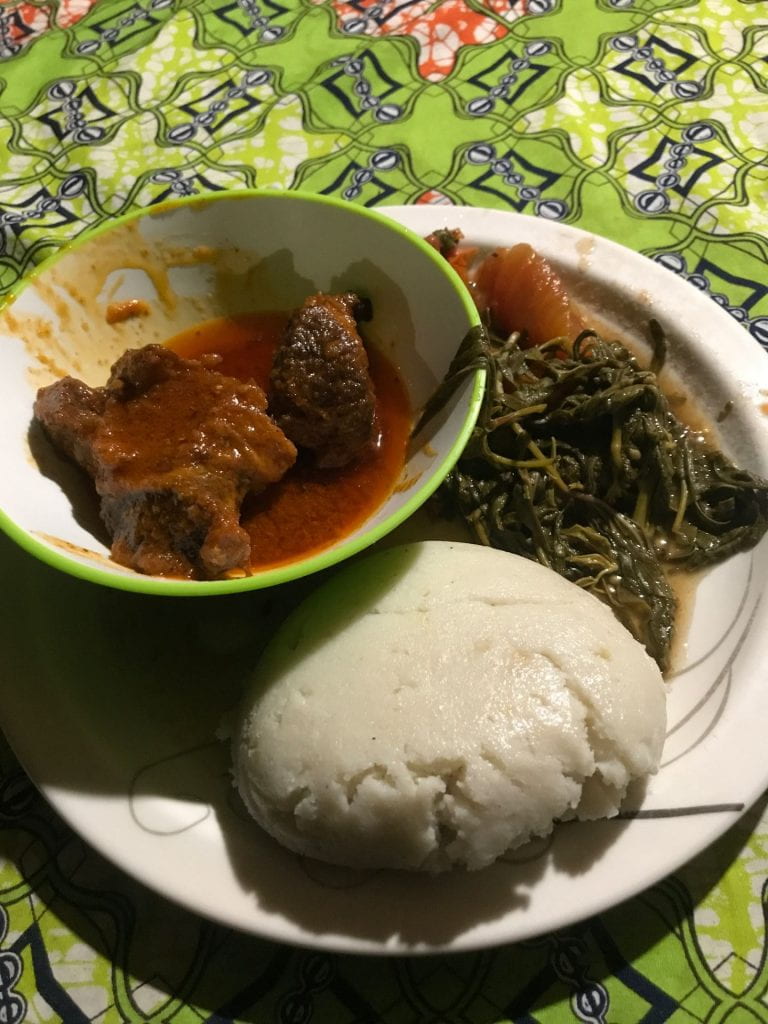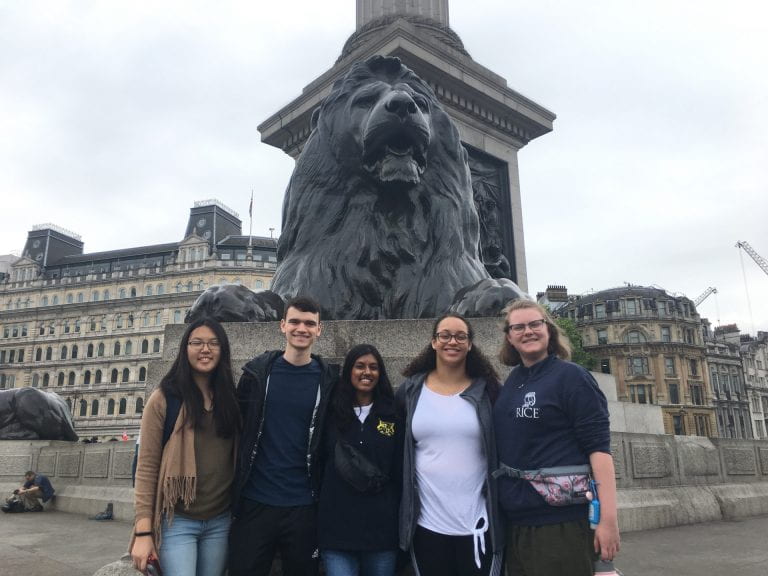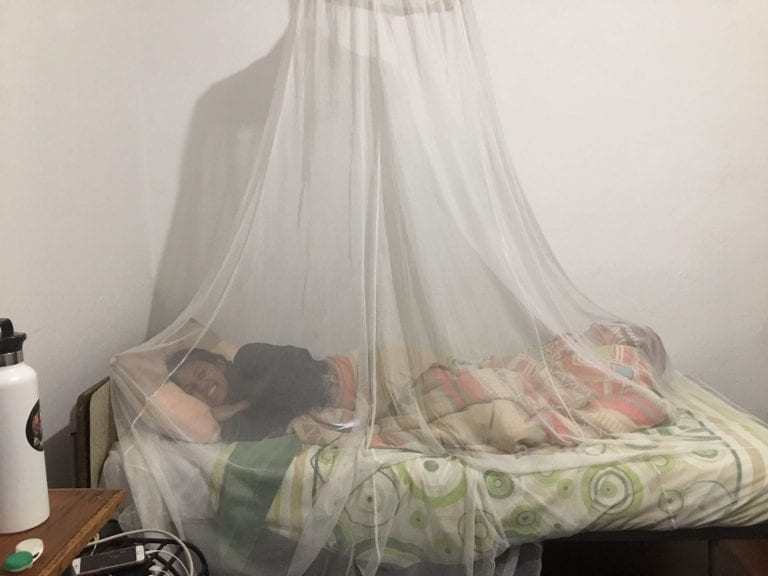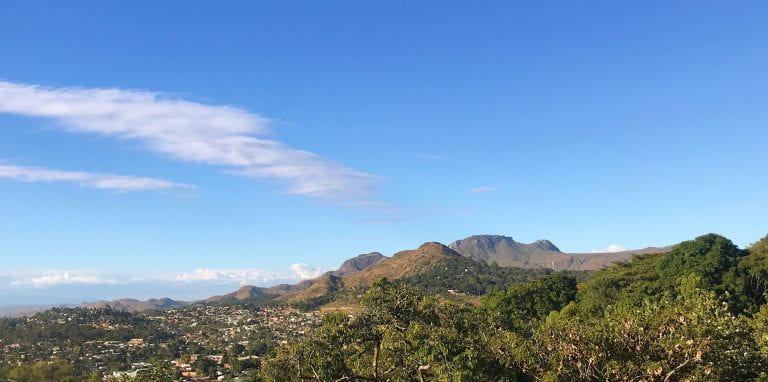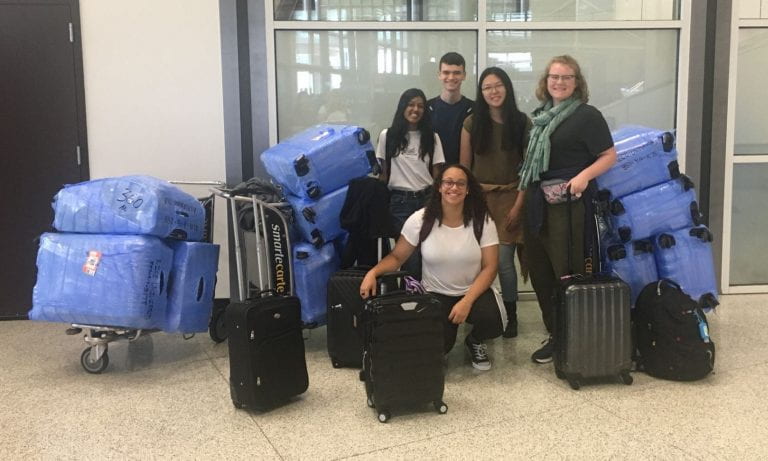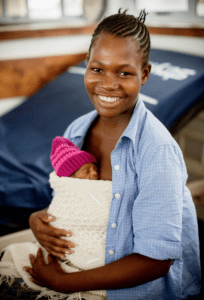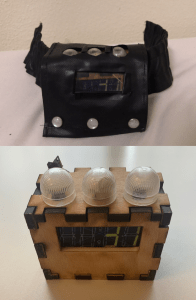The design studio is filled with a sense of productivity. Prototyping is in full swing, as each team is trying to get their projects done before our final presentations next week. We even had a surprise visit from Kyla and Liseth, who are working on a low-cost, reusable ostomy bag and a cervical cancer thermocoagulation model!! A picture speaks a thousand words, so here are a few that will hopefully give you a sense of what the studio has looked like these days.
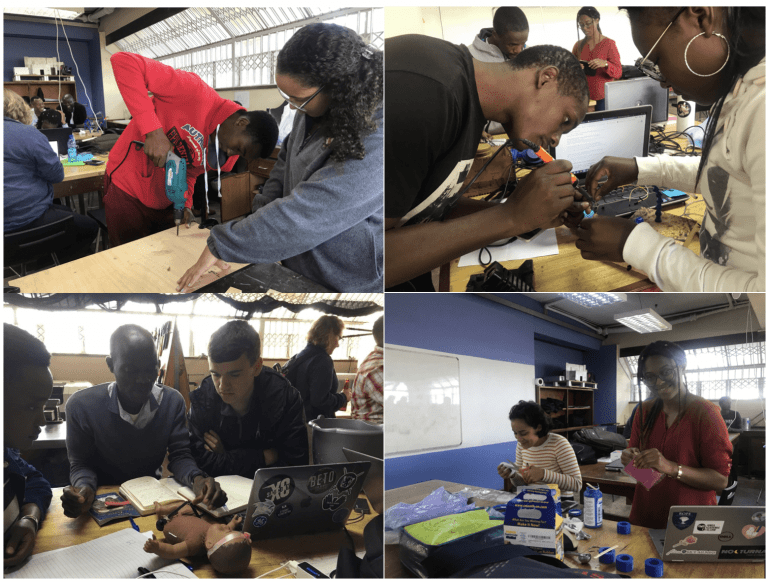
Over the last 2 weeks, each of our teams has been faced with different obstacles: my team realized that the only pulse sensor in the design studio is broken, Alex’s team has been struggling to properly simulate muscle tension with elastic, Hannah’s team had an overnight 3-D print fail (probably due to a power outage at night), and Shadé’s team struggled to acquire the materials they need for their prototype from local markets and stores. It’s been amazing to watch as each team has adapted to these challenges and, in true Malawi fashion, come up with clever ways to improvise and keep moving forward.
Here’s how my team decided to move forward: after we realized that we didn’t have a working pulse sensor in the studio, we decided to spend the time we had left wisely, and really capitalize on the resources that are readily available to us. Since engineering is an iterative process, we decided to design the circuit and write the Arduino code for the pulse rate monitor and leave space in our CAD design for a pulse sensor. We are also going to focus our time on documenting the changes we make and write out an instructions manual to set up the device. This way, the team that works on the next iteration of this device can read our instructions manual and when they have access to a working pulse sensor, they will be able to easily incorporate it into the device using our CAD files, circuit diagram, and Arduino code.
With this decision, we switched gears and started to focus on the armband for our device. In order to make sure the armband was adjustable and comfortable, our team decided to use moldable silicone rubber and designed a 3-D printed mold. Designing the mold, a seemingly straightforward task, ended up being several days of trial and error, but we finally came up with a good design – a two-piece mold that snaps together and is easily openable, with a bar in the middle to create a hole for the temperature probe and pulse sensor wires to pass through.
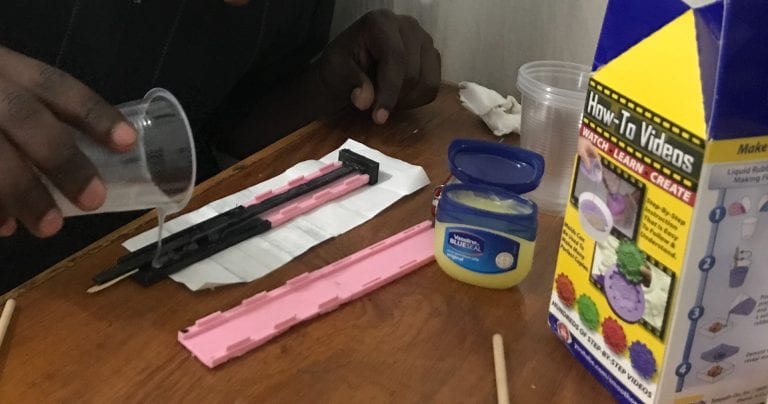
Outside of prototyping, these past 2 weeks have shown me how quickly new communities can be built. I’ve found myself reflecting on my initial reservations about the internship – would I bond with my teammates from Malawi and Tanzania? Would we have anything in common? Would I be able to foster an environment where everyone’s ideas feel not just respected, but celebrated? Fast-forward 6 weeks and my teammates and I talk about everything together – our love for the TV show ‘Friends’, politics in Malawi and the US, how stressed we are about getting a grown-up job in the “real world”, and how much we love the samosas in the Poly cafeteria – all while listening to each other’s favorite music as we work on our project in the design studio. I never would have guessed that in just 6 short weeks, I would have made such special connections with people from all over the world. Before we started this internship, Dr. L would remind us to “expect the unexpected”. I always interpreted it as being prepared for unique challenges during the design process, but I’ve come to realize that this advice applies to building community too.
Here is a short anecdote from my journal that hopefully conveys how strong our community has become in such a short time:
Day 40:
Friday (July 12th) was my birthday and Sunday (July 14th) was Tebogo’s birthday, so this weekend we decided to host a cookout / party back at the lodge and invite all the interns. In preparation, we bought samosas, spring rolls, potatoes to make chips (french fries), hotdogs, sodas, and other snacks – it was enough food to feed an entire army. It took HOURS for us to cook it all, but it was so worth it. Joel bought a speaker from the market nearby, and we decorated the whole place with balloons. I was so excited when everyone started showing up and we had so much fun sharing stories and playing card games. It was such a perfect day and I really thought it couldn’t get any better. Boy was I wrong. Chisomo showed up with the most BEAUTIFUL cake I have ever seen (apparently he had been pestering Hannah with questions about me…like what my favorite color was, and what flavor cake I like… I had no idea any of this was happening). It really was the sweetest gesture and made this birthday one I will never forget.
As always, here are some bonus pictures from our adventures last weekend!

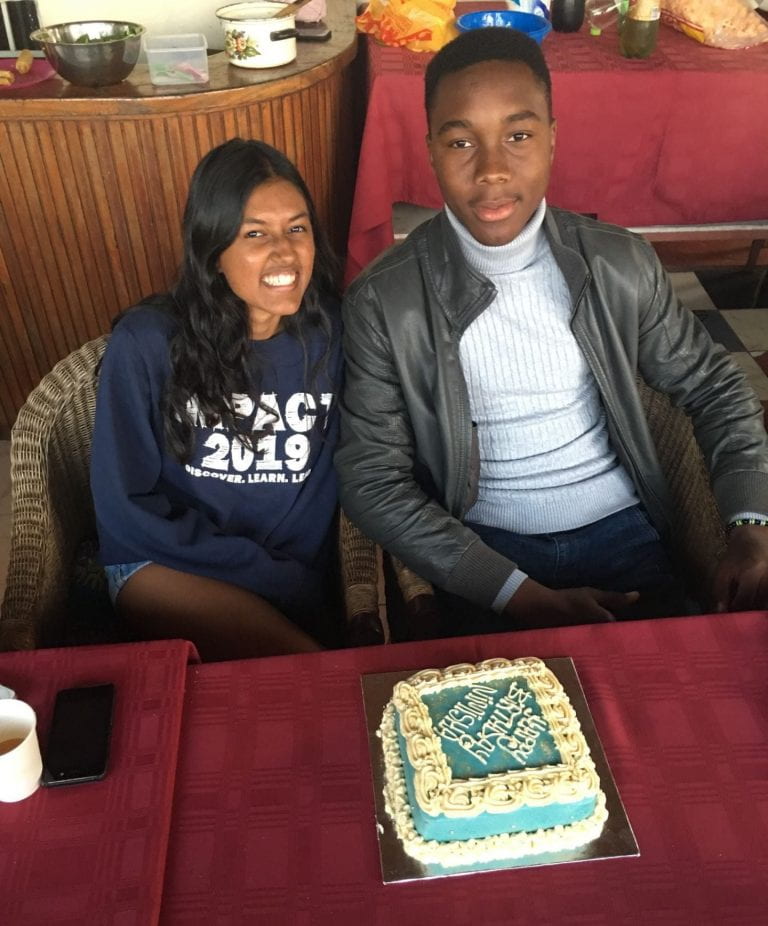
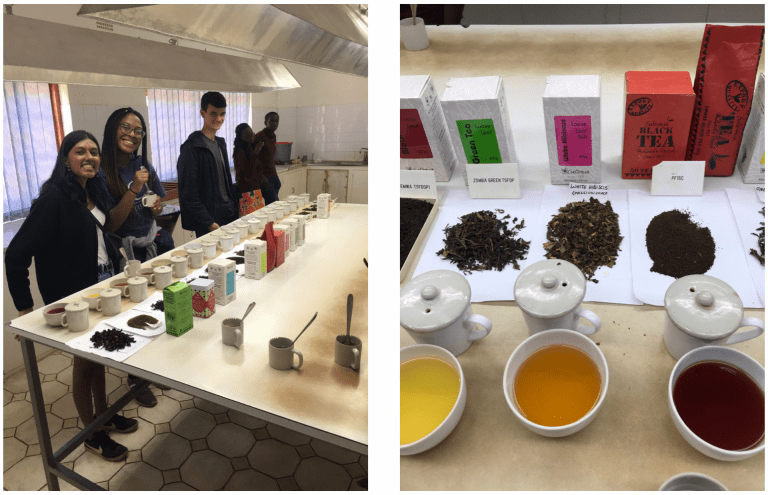
— Nimisha 🙂


